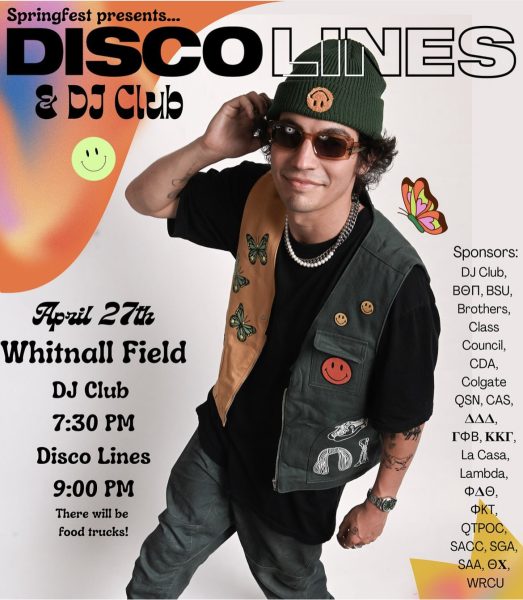Blurred Web Traditions: v2.0
Five years ago, major record labels were up in arms regarding file-sharing services. They successfully shut down Napster and spearheaded a heated debate over intellectual property. The labels were fighting technology- technology that effectively put the masses in control. Today, the labels are finally starting to recognize the value of the very masses they previously alienated.
The growth of web 2.0 (websites such as YouTube, Wikipedia, and MySpace) has shifted the Internet into a place where people are not passive recipients of information, but rather active creators sharing and collaborating in an information revolution. None of this is new, but its implications are far-reaching.
For-profit web 2.0 sites merge the emphasis on user services (and in web 2.0, it’s all about you) with a simple economic framework: the more users they attract through better features, the more money they make through target-specific advertising. Everybody wins. The advertisers are happy because the core demographics for these sites are the ones with the most disposable income.
So the idea of a website completely supported by advertising makes sense, right? Who would ever think of actually charging customers for online services? Imagine having to pay to check the weather online, or paying a subscription fee for being part of Facebook. With so many free services around, paid services are inevitably at a disadvantage for which they have to compensate.
These ‘services’ have blurred the line between delivery of a product and the product itself – something particularly significant for the domain of music. Record labels may finally be realizing that music cannot be treated like a concrete product that must be either purchased or stolen. There is a grey area.
Universal and EMI have both struck distribution deals with SpiralFrog, a music download service in which the labels’ catalogs will be available for free downloads off SpiralFrog’s site. The website, planned to launch in December, will be supported entirely by advertising and will not cost the user a penny. However, it is unclear how extreme the advertising will be. Advertising is normally displayed adjacent to whatever it is you are viewing, and occasionally you are required to watch an advertisement before enjoying a service. But it is speculated that advertising may come in the music itself – a clip you have to listen to before the song.
The latter advertising approach would probably flounder, but ad-smart approaches could bring major labels back in the game. It is unclear what this means for independent record labels and musicians who may not want to be so heavily associated with certain brands or advertisements. Rather than questioning economic incentives, this new approach may start to question musicians’ integrity – and could leave musicians and listeners that care about the music out of the picture. But there’s always the rest of the internet for that.







